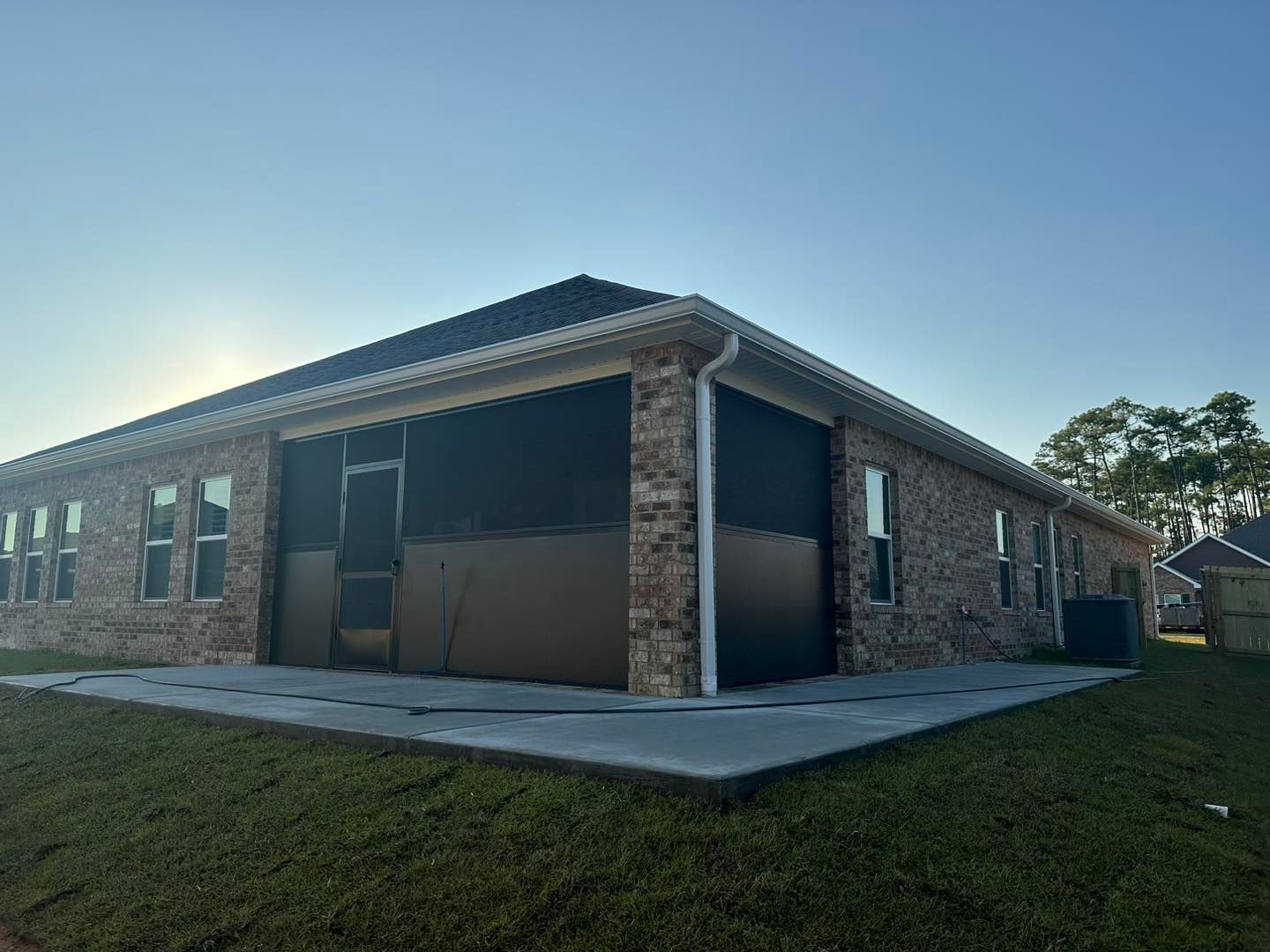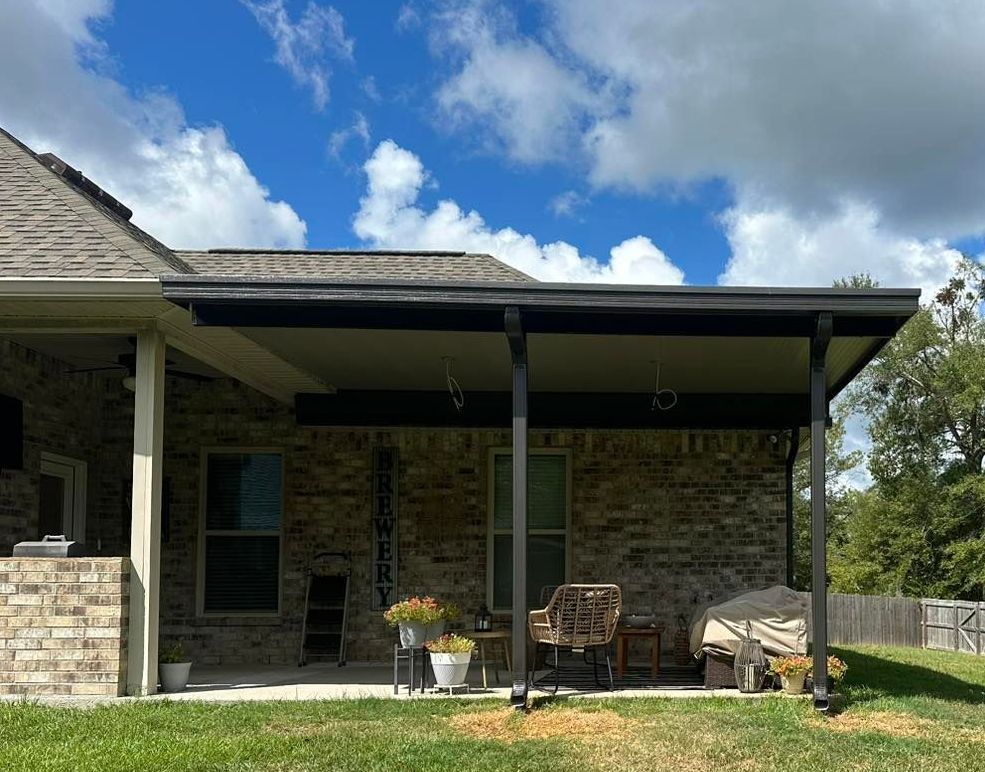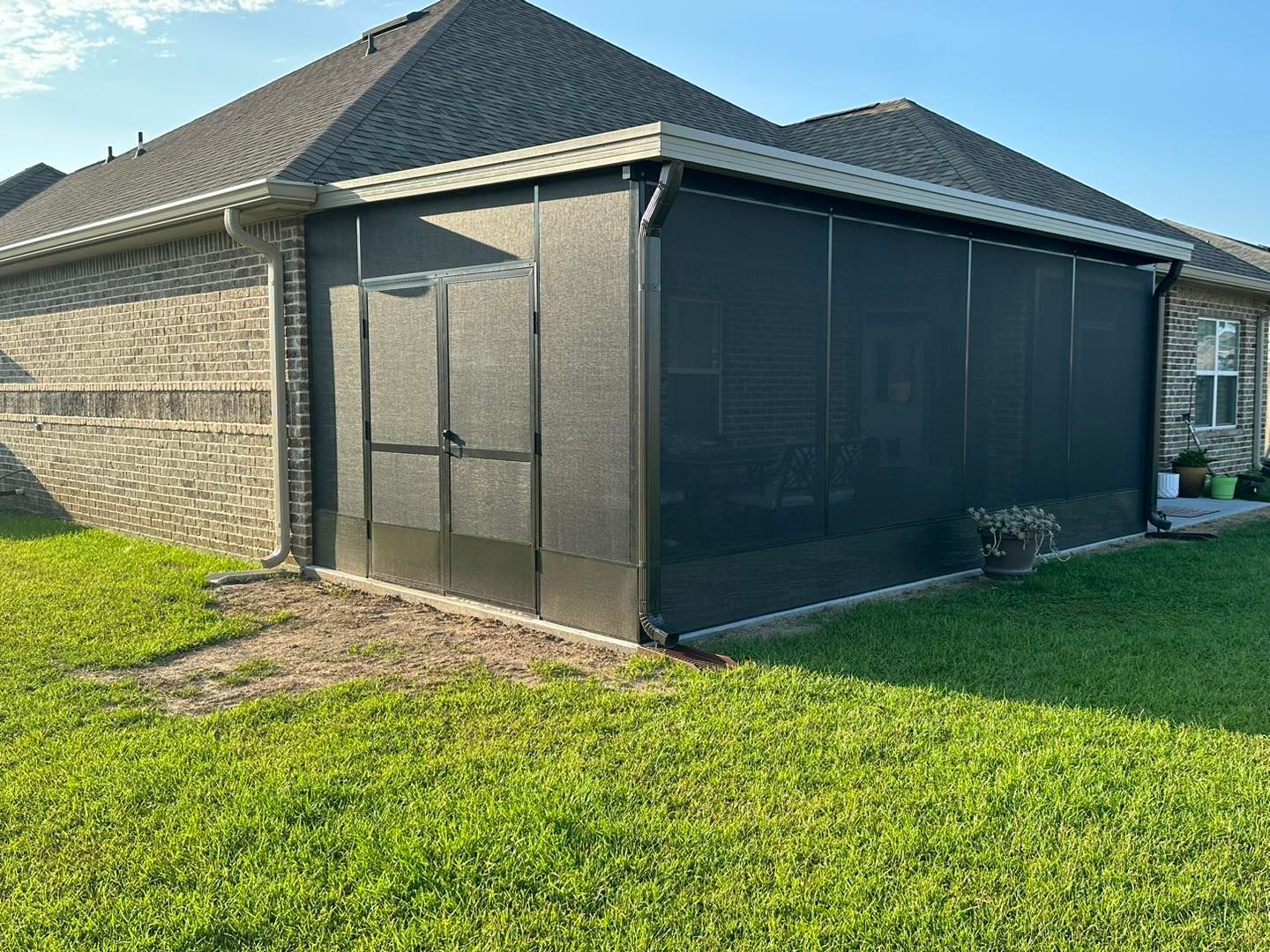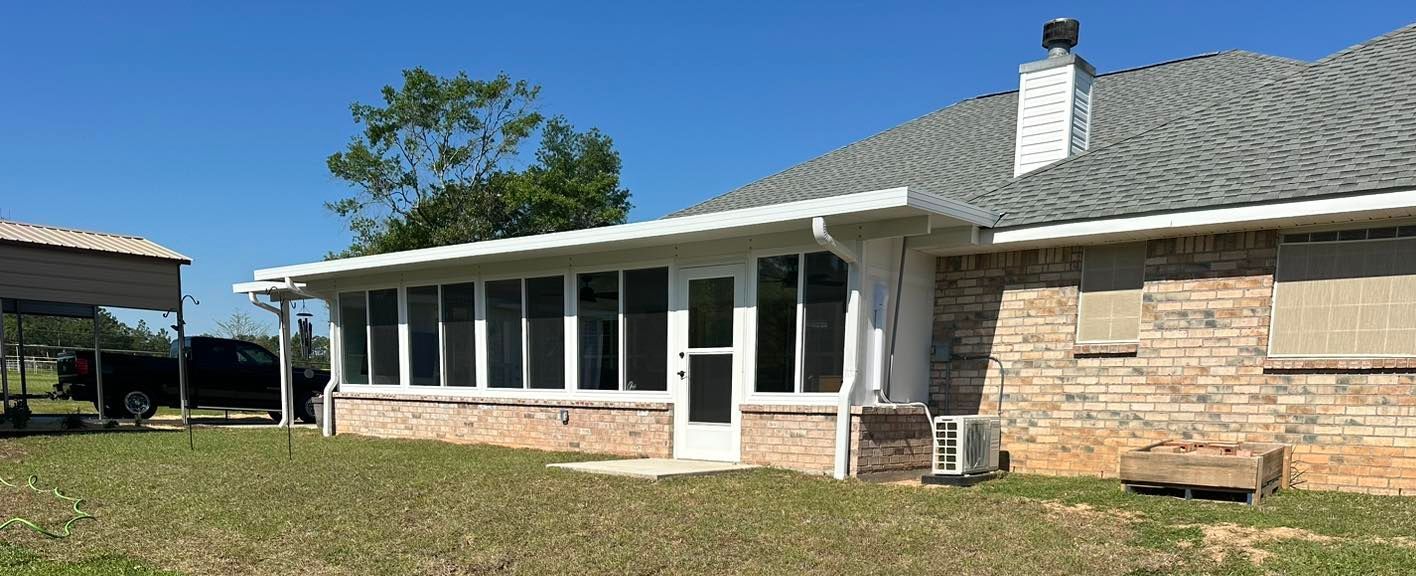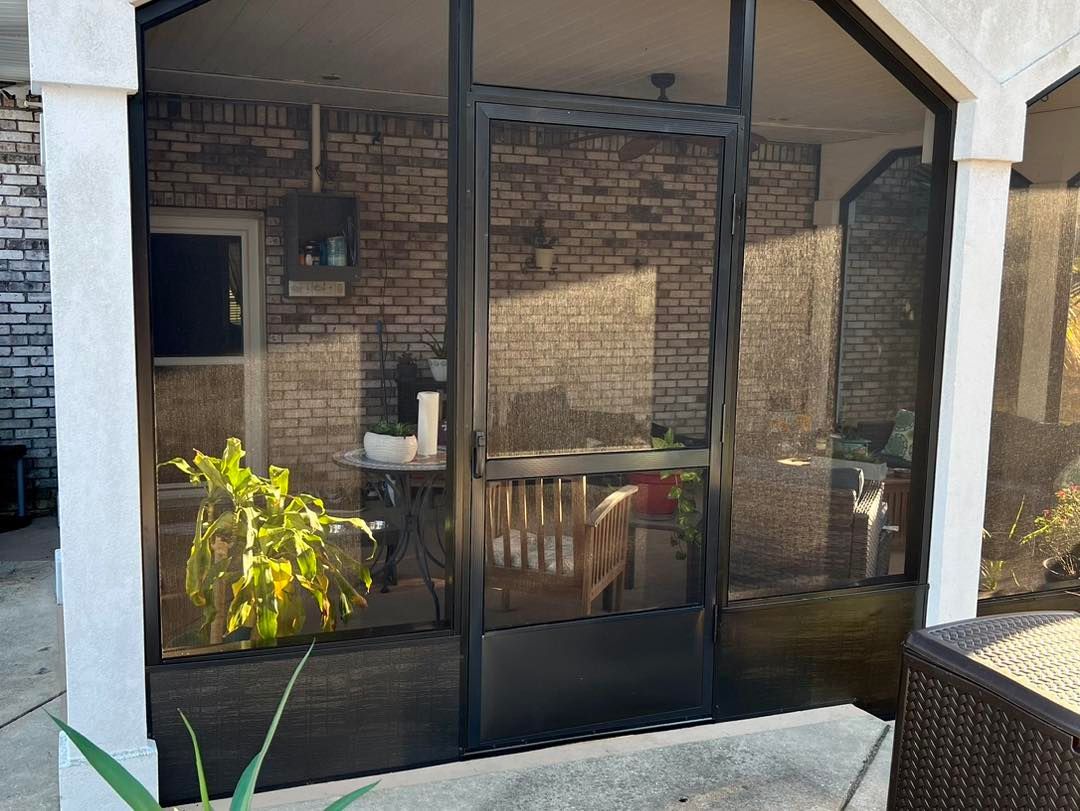When to Trim Your Trees
Simple Chart for Trimming Your Trees
As the seasons change, so do the needs of our landscapes, and one crucial aspect of maintaining a vibrant and healthy outdoor environment is proper tree care. Trees not only enhance the aesthetics of your surroundings but also contribute to the overall health of your ecosystem.
Benefits of Tree Trimming:
- Health and Vitality: Regular tree trimming promotes the overall health of trees by removing dead or diseased branches. This helps prevent the spread of infections and ensures that the tree's resources are directed towards healthy growth.
- Safety Enhancement: Trimming helps eliminate weak, overhanging, or dangerously positioned branches that could pose a risk to people, property, or utility lines during storms or high winds.
- Aesthetic Appeal: Properly pruned trees look more appealing and well-maintained, enhancing the visual appeal of your landscape and property.
- Sunlight Penetration: Trimming can improve sunlight penetration to lower branches and the ground beneath, fostering the growth of understory plants and improving overall ecosystem health.
- Air Circulation: Thinning the canopy through trimming encourages better air circulation, reducing the risk of fungal diseases and promoting healthy foliage.
Importance of Timing:
- Avoid Stress: Trimming during the appropriate time of year minimizes stress on trees. For instance, pruning deciduous trees in their dormant season (late fall to early spring) prevents sap loss and maximizes the tree's ability to heal.
- Encourage Growth: Timing matters for specific tree species. Trimming flowering trees after they bloom ensures you don't remove potential buds. Trimming during active growth periods can encourage new, vigorous growth.
- Insect and Disease Control: Trimming at the right time can help prevent the spread of pests and diseases. Some insects are more active during certain seasons, and pruning during their least active times can reduce infestations.
- Weather Conditions: Trimming during favorable weather conditions, such as mild temperatures, can help trees recover faster from the stress of pruning.
- Fruit Production: Proper timing of trimming fruit trees ensures you maintain a balance between maintaining the tree's structure and maximizing fruit production.
Remember, the optimal time for tree trimming can vary based on the specific tree species, climate, and your location. Consulting with an arborist or tree care professional can provide you with tailored advice for your particular trees and landscape.
| When to Trim Your Trees | ||||
|---|---|---|---|---|
| Tree Type | Late Winter/ Early Spring | Late Spring/ Early Summer | Late Summer/ Fall | Late Fall/ Early Winter |
| Oak Tree | ||||
| Apple Trees | ||||
| Honey Locust Tree | ||||
| Hedges | ||||
| Arborvitae, Junipers, Yews | ||||
| Pine Trees | ||||
| Maple Trees | ||||
| Butternut or Walnuts | ||||
| Birch Trees | ||||
| Spruce Trees | ||||
| Firs or Douglas Trees | ||||
| Cedar Trees | ||||
| Hemlock | ||||
| Tamarack Larches | ||||
Steal This Code
Copy this code and put it on your website to let homeowners know when to trim their trees.
Simply copy and past it into your html editor or share it on your Social Media.
